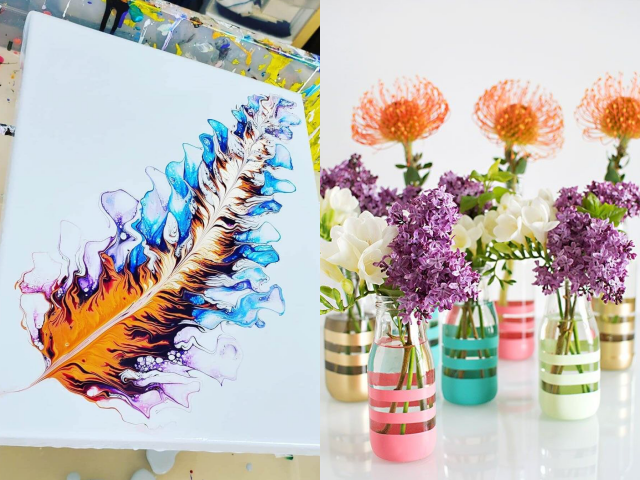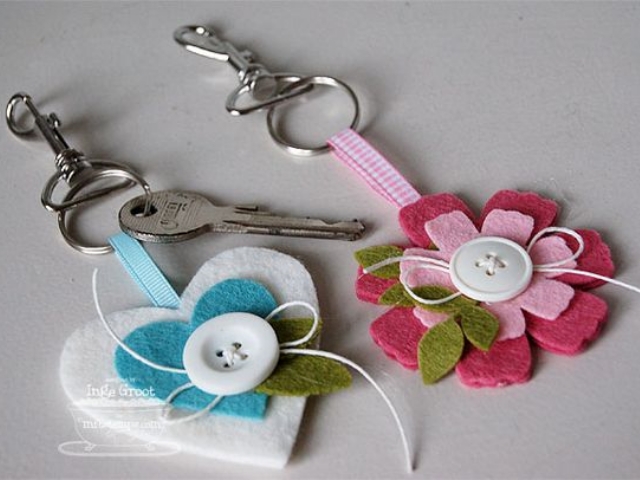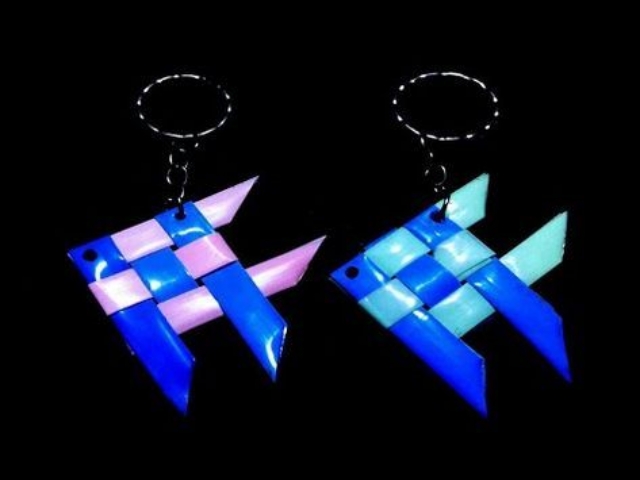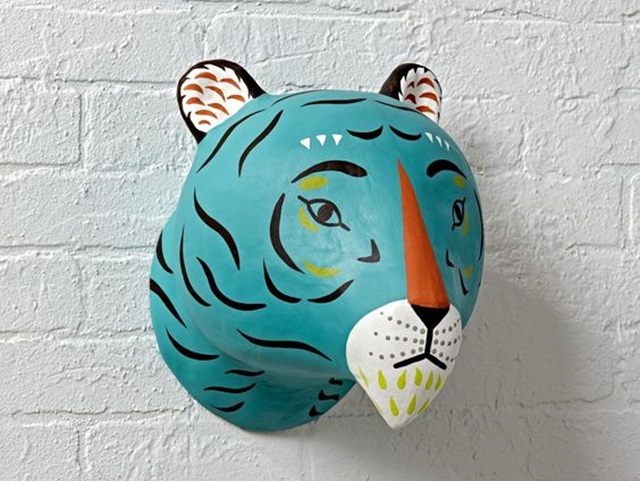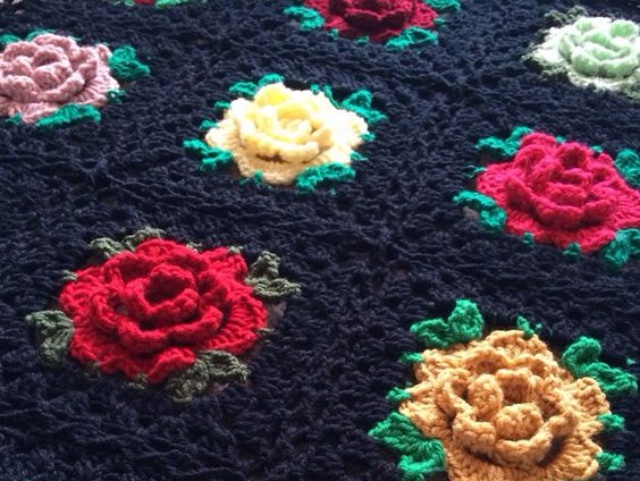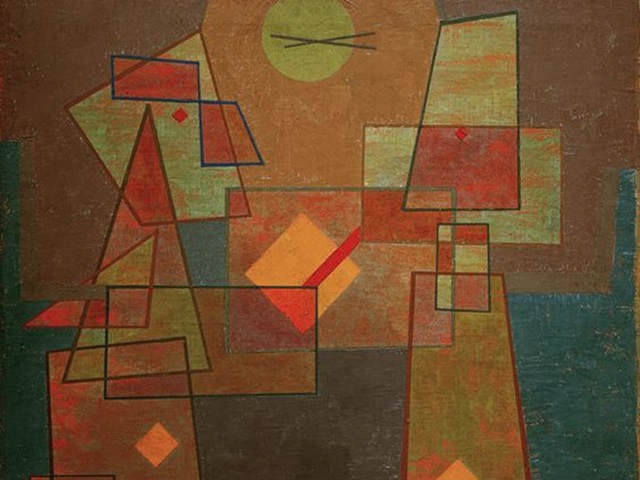The Gothic style emerged in the Middle Ages. Over the course of several centuries, it greatly influenced architecture, literature, art, and, of course, fashion. In the 20th century, it experienced a revival thank to the Gothic subculture, which became massively popular in the 1970s. In its current form, Gothic movement is known for a gloomy image, propensity for mysticism and supernatural, as well as distinctive fashion and accessory style. The latter became widespread far beyond Gothic communities and now is much-loved by designers and fashion-mongers alike.
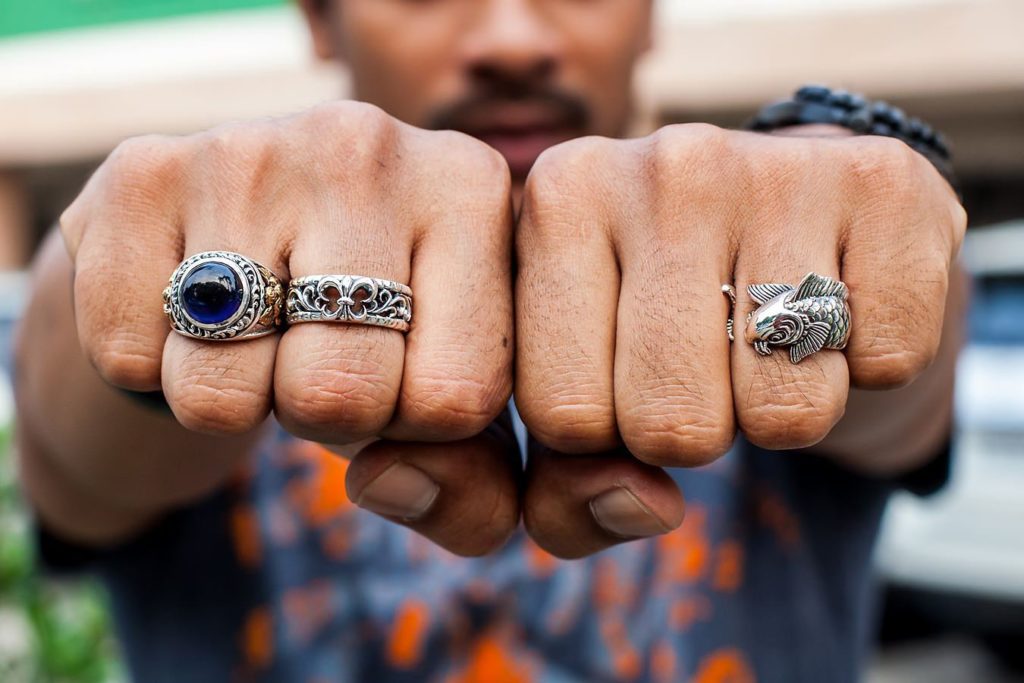
Gothic Jewelry Features
All gothic jewelry items feature sophisticated designs yet they are somewhat massive. The distinguishing feature of all these necklaces, pendants, rings, an so on is Gothic symbolism including hearts, roses, dragons, knights (as well as their shields, swords, and helmets), daggers, and many others.
Gothic fashion actively uses the contrast between black and white. The Goths’ black outfits become backdrops for jewelry and ornamentation. To stand out, these items are crafted of white metals (mostly, silver). Silver has one more meaning for Goths – it is associated with the moon, the same as Goths associate themselves with the night.
Despite being all black and white, Gothic doesn’t mind a pop of color through various gem and stone inlays. Surprisingly, Gothic fashion has its favorites when it comes to gems. Such preferences are mainly based on the colors rather than significance. You won’t find many warm colors in Gothic fashion except red hues (it is because this color resembles blood, an important symbol for Gothic adepts). On the other hand, gothic rings, necklaces, and pendants glisten with all sorts of cold-colored gems including emeralds, sapphires, and amethysts. According to historians, such a color riot refers to stained glass windows of Gothic cathedrals.
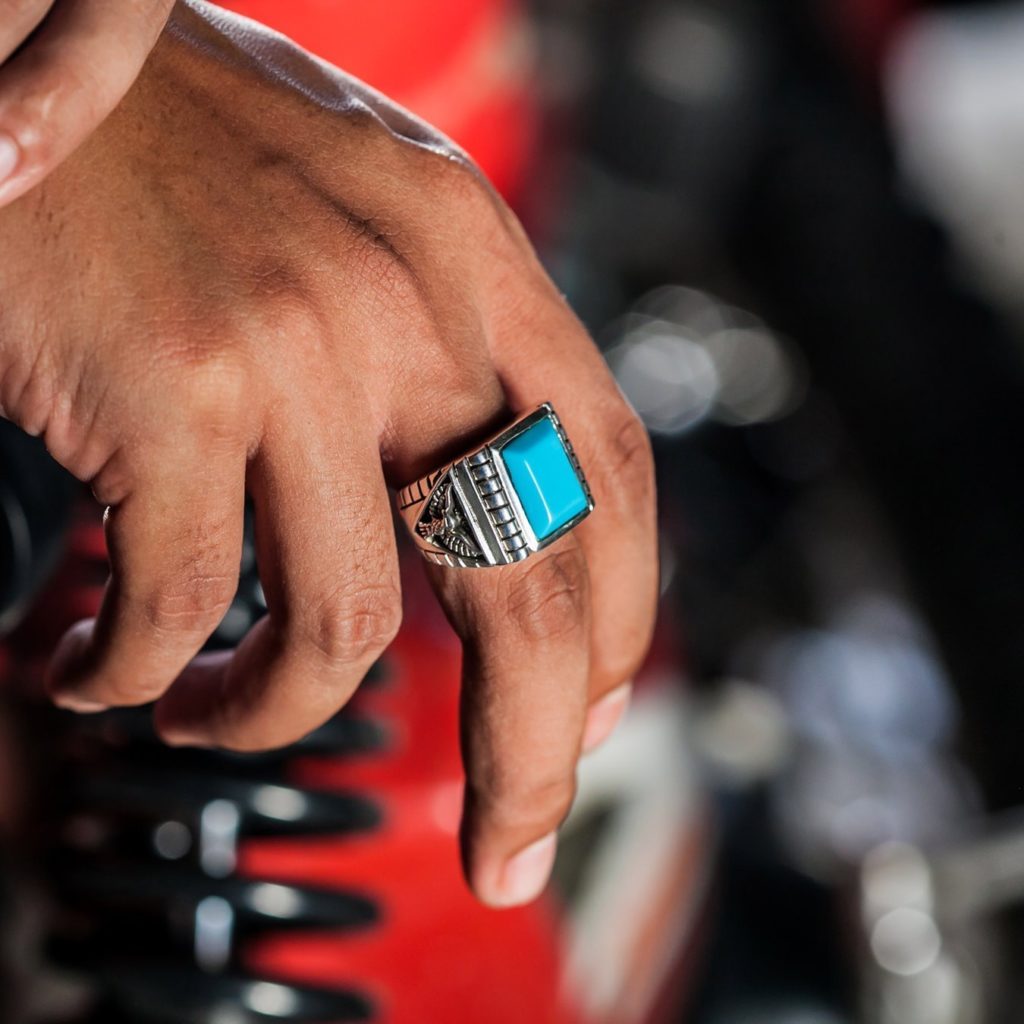
Gothic Styles in Jewelry
When hearing the word “Gothic” many people imagine those youngsters wearing outlandish all-black outfits, occult-themed jewelry, and listening to weird music. This image of Gothic is right and wrong at the same time. It is right because those people belong to the Gothic subculture. They idealize the dark side of life and find joy in suffering. Their image is grim, sad, and depressing. The jewelry they wear reflects their mood. It often features death symbolism (such as skulls), satanic symbols, Ankhs, drops of blood, and so on. However, not all Goths are like this. More precisely, not all people who adore Gothic jewelry are Goths.
There is such a Gothic offshoot as Vampire Goth. Their image is somehow similar to the previous guys but they tend to demonstrate sexuality and sensuality. The main aspect of Vampire Gothic is vampire worshiping. Consequently, their jewelry is imbued with Vampire themes (including bats, coffins, fangs, etc.)
The classic Gothic style relies on the fashion of the late Medieval and Victorian era. There is something feminine and sophisticated in these items. They are intricately crafted to make every woman feel like a queen. Romanism, chivalry, and love (even if tragic) are the main motifs. It is this style that became respected by many fashion designers who rolled out their Gothic-inspired creations.
Gothic is much more than this. There are many more Gothic styles with unique features and worldviews. The most prominent are Lolita Goths, Corporate Goths, Victorian Goths, Steampunk and Cyber Goths, and many others.





